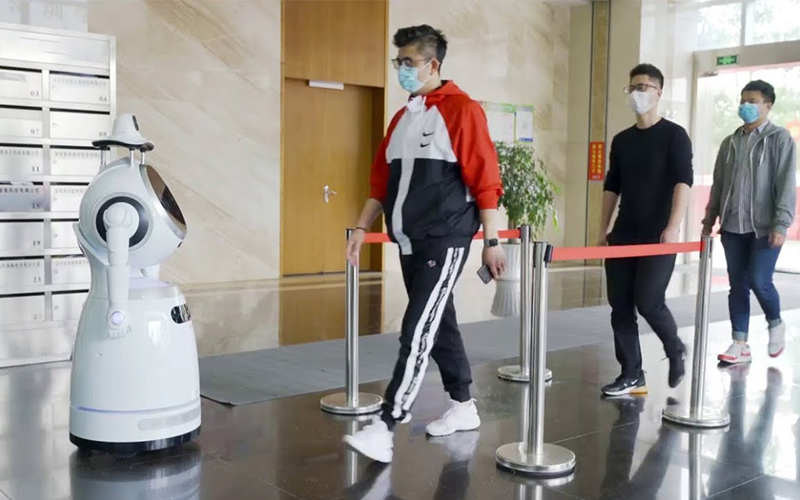Emerging Robotics Trends in Senior Care
By Katie Brenneman

Image Source: RobotLAB
Robots are becoming a more commonplace part of our lives. They can improve the efficiency of various types of repetitive and detail-oriented tasks. One of the spaces they hold great potential for is senior care.
This is a key part of how digital technology is currently transforming healthcare. Advanced tools such as robotics — alongside artificial intelligence (AI), the Internet of Things (IoT), and other applications — are improving the patient experience. They’re driving better care access with telemedical services and even improving accurate decision-making. These benefits are great for everyone, but are particularly vital for vulnerable groups, such as those in senior care.
Robotics in this field is still in its relatively early days. But let’s take a closer look at the emerging trends and how they can make a difference now and in the future.
- 0 Comments
- Mar 14, 2024 11:14:36 AM
- Posted by Natalia Galvis
- Topics: Robotics, Business Robots, Robots,, programming, Technology, Innovation, Healthcare, Business, future technology, automation, B2B, B2C, negocios, sales, construction, medical
What Will the Future of Healthcare Look Like
By Ashley Lipman
Image source: https://cdn.pixabay.com/photo/2017/02/01/13/53/analysis-2030265_960_720.jpg
The future is hard to imagine for most industries, given the range of recent technological advancements driving them forward. Even medicine, a traditionally change-resistant field, is seeing massive transformations on the horizon.
Some trends are possible to intuit, though. Notably, tech-facilitated medical care and education and new solutions to age-old problems are all entering the realm of possibilities.
Let's delve deeper into these developments.
- 0 Comments
- May 12, 2022 6:31:30 PM
- Posted by Natalia Galvis
- Topics: Robotics, Business Robots, Robots,, Technology, Business
How Robots Can Help With Our Healthcare Labor Needs
By Evelyn Long
 The COVID-19 pandemic changed healthcare technology forever by bringing medical robots to center stage. Today’s healthcare facilities are under historic levels of strain. Meeting the needs of patients while protecting the safety of care staff has become the industry’s biggest concern.
The COVID-19 pandemic changed healthcare technology forever by bringing medical robots to center stage. Today’s healthcare facilities are under historic levels of strain. Meeting the needs of patients while protecting the safety of care staff has become the industry’s biggest concern.
Robots may be the future of healthcare. Years of innovation are bringing useful new robots to medical facilities just when they are needed most. These robots have the skills to meet today’s most urgent healthcare labor needs.
- 0 Comments
- May 12, 2022 6:08:31 PM
- Posted by Natalia Galvis
- Topics: Robotics, Business Robots, Robots,, programming, Technology, Innovation, Healthcare, Business, future technology, automation, B2B, B2C, negocios, sales, construction, medical
Relevant Posts
Popular Posts
-
I Want To Learn MoreADDITIONAL INFORMATION

